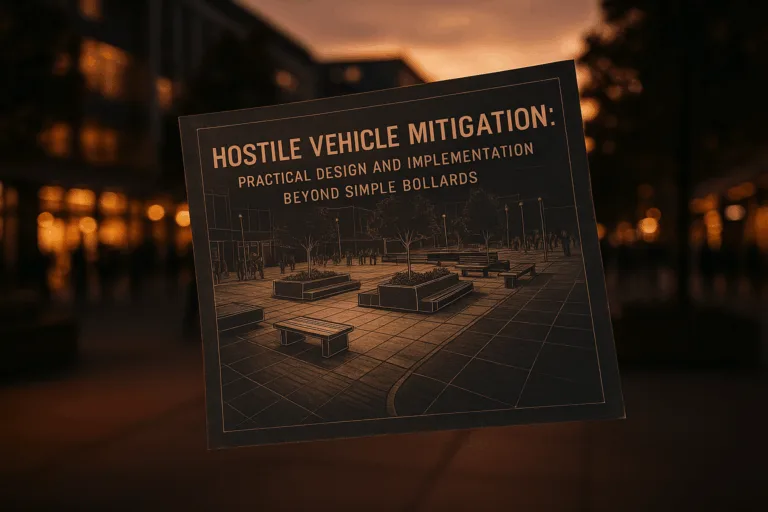Understanding the Landscape of Home Security Camera Vulnerabilities:
- Hacking Risks: Security cameras can be hacked, allowing unauthorized access to live feeds and stored videos. This breach not only compromises privacy but also undermines the very purpose of having security cameras.
- Data Interception: Unencrypted data transmission can lead to sensitive footage being intercepted by cybercriminals, posing a significant risk to household privacy.
- Physical Tampering: External cameras are susceptible to physical tampering or damage, potentially leaving blind spots in your surveillance coverage.
Comprehensive Measures for Robust Camera Security:
- Prioritize Encryption: Choose cameras and systems that offer end-to-end encryption for both live feeds and stored videos, ensuring that even if data is intercepted, it remains inaccessible to unauthorized viewers.
- Secure Your Network: Enhance your home Wi-Fi security by using strong, unique passwords, enabling network encryption (preferably WPA3), and regularly updating your router’s firmware to protect against vulnerabilities.
- Regular Firmware Updates: Keep your camera’s firmware up-to-date to address security vulnerabilities and enhance functionality. Set up automatic updates where available or regularly check the manufacturer’s website for updates.
- Implement Strong Passwords and Two-Factor Authentication (2FA): Avoid using default passwords. Instead, create strong, unique passwords for your camera system and enable 2FA to add an extra layer of security against unauthorized access.
- Physical Security Measures: Install cameras out of easy reach and consider using tamper-proof mounts to protect against physical attacks. For outdoor cameras, ensure they are weatherproof and have adequate protective casing.
- Network Segmentation: Consider creating a separate network for your security cameras and other IoT devices. This limits the potential for hackers to access your main network and sensitive information if they manage to compromise a camera.
- Vet Your Devices: Before purchasing any security camera, research its security features. Opt for reputable brands known for prioritizing user security and offering regular software updates.
- Monitor Access Logs: Regularly check your camera’s access logs for any unusual activity. Unauthorized access attempts can be early indicators of a security breach.
- Privacy Considerations: Be mindful of camera placement to avoid areas where privacy expectations are high, such as inside bedrooms or bathrooms, unless for specific security reasons.
- Consult Security Professionals: For an added layer of assurance, consider consulting with security professionals. Companies like Grab The Axe offer comprehensive assessments to identify vulnerabilities in your home security setup and provide tailored solutions to enhance your security posture.
Home Security Cameras – Strategic Placement for Maximum Coverage:
- Entry Points: Prioritize all ground-floor doors and windows for camera installation. These are common entry points for intruders, so covering these areas both inside and outside provides a comprehensive view of potential breaches.
- High Traffic Areas: Install cameras in main hallways, staircases, or any central area an intruder would need to pass through to access most parts of your home. This strategy ensures coverage of internal movements.
- Common Areas: Surveillance of living rooms, kitchens, and other common areas where family members frequently gather or valuable items are kept can be beneficial.
- Driveways and Garages: These areas should also be monitored as they can serve as access points for intruders or places where valuable items are stored.
- Yards: Installing cameras to cover your front and backyard can provide an early warning of an approaching threat and monitor outdoor activities.
- Detached Structures: Garages, sheds, and other outbuildings often contain valuable tools or equipment and should be equipped with surveillance cameras.
Key Considerations for Camera Installation:
- Visibility vs. Concealment: There’s a debate on whether cameras should be hidden or visible. Visible cameras can deter potential burglars, but they might also indicate the presence of valuable items inside. Assess your specific situation to decide the best approach for your home.
- Durability and Weather Considerations: Ensure outdoor cameras are durable enough to withstand weather conditions they’ll face, especially if they’re not under any cover.
- Avoiding Legal and Privacy Issues: Be mindful not to surveil neighbors’ properties, bedrooms, or bathrooms, focusing cameras solely on your property to avoid legal and privacy issues.
- Home Security Camera Installation Height and Angle: Cameras should be placed high (about 8-10 feet off the ground) to prevent tampering and ensure a broad field of view. Consider the camera’s angle to cover desired areas effectively without unnecessary overlap or blind spots.
Enhancing Security with Technology and Best Practices:
- Home Security Cameras – Utilize Advanced Features: Look for cameras with two-way audio, wide-angle lenses, color night vision, and smart alerts for a comprehensive security setup that meets your specific needs.
- Lighting and Environment: Ensure proper lighting around cameras for clear footage, especially at night. Consider the installation environment to protect cameras from the elements and extend their lifespan.
- Regular Maintenance and Updates: Regularly check and maintain camera placement, adjusting as needed for changes in the environment or to cover newly identified vulnerabilities.
By following these detailed practices, you can significantly enhance the security of your home, deterring potential threats and providing peace of mind. Remember, the goal is to create a secure and comfortable environment for you and your family, balancing surveillance coverage with respect for privacy and legal boundaries.
Engage With Experts for Home Security Camera Solutions
Securing your home security cameras is a continuous process that adapts as new threats emerge and technology evolves. For homeowners looking to ensure their surveillance systems are as secure as possible, partnering with security experts can provide peace of mind and a higher level of protection.
Book Your Security Consultation Now
Ensure your surveillance system is a source of security, not stress. With the right precautions and ongoing vigilance, your home security cameras can effectively protect your property and loved ones without compromising your privacy.
Embrace peace of mind with Grab The Axe – your partner in securing what matters most.
References:
Edwards, R. (2023, May 17). Home Security System Vulnerabilities. SafeWise. https://www.safewise.com
Koorsen Fire & Security. (2018, December 13). Top 10 Ways to Minimize Vulnerabilities in IP Security Camera Systems. https://blog.koorsen.com
Home Security Cameras -to learn more:
The Ultimate Guide to Home Network Security: Revolutionize Your Safety






This Post Has 5 Comments
Pingback: Ultimate Guide to Security Camera Placement: Maximize Your Protection - Grab The Axe
Pingback: The Ultimate Guide to Home Network Security: Revolutionize Your Safety - Grab The Axe
Pingback: Fortify Your Sanctuary: Advanced Home Security Solutions - Grab The Axe
Pingback: Expert Home Security Consultation Services in Phoenix - Grab The Axe
Pingback: Digital Age Physical Security: Integrating Digital and Traditional Defenses - Grab The Axe
Comments are closed.